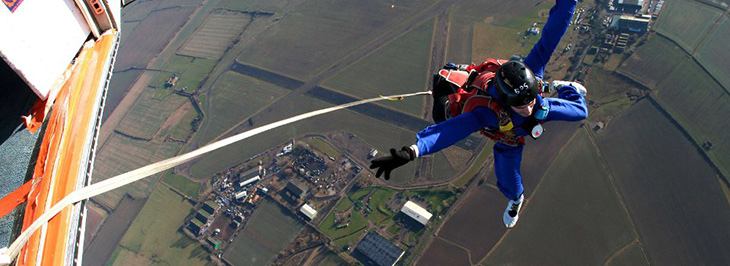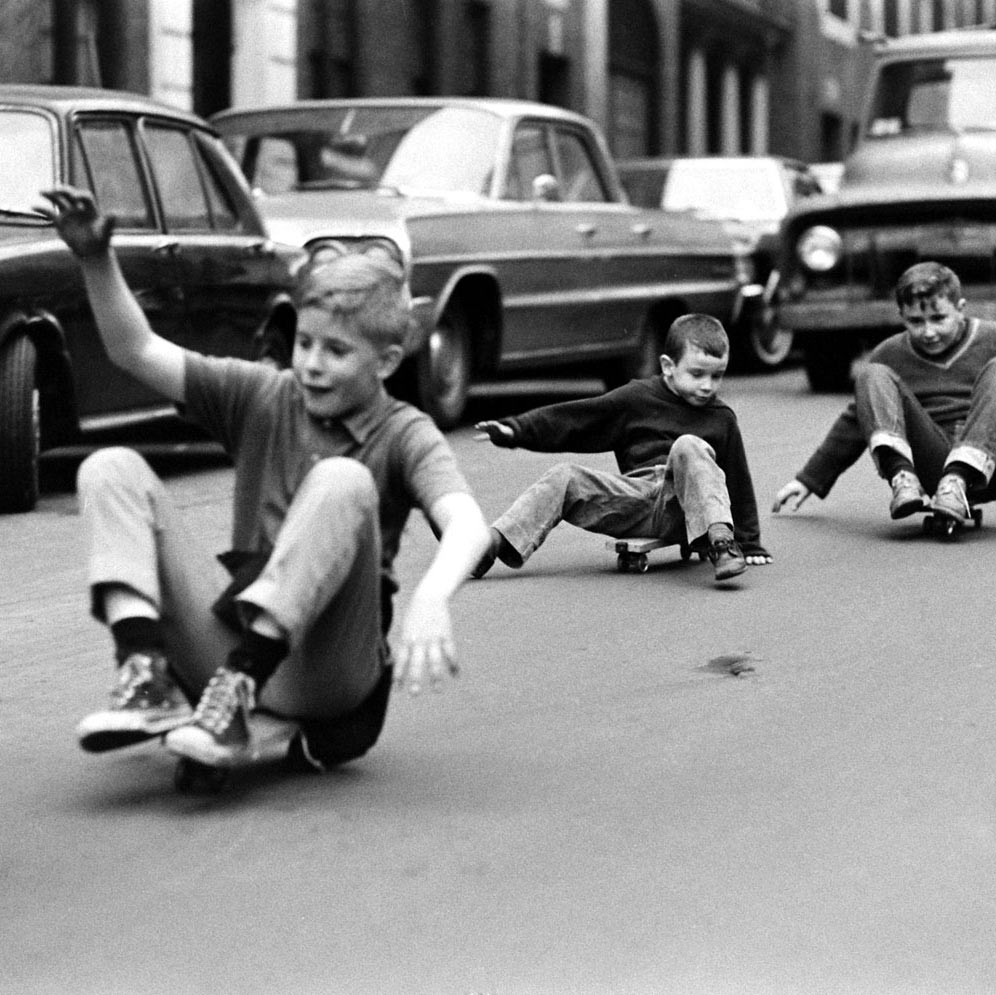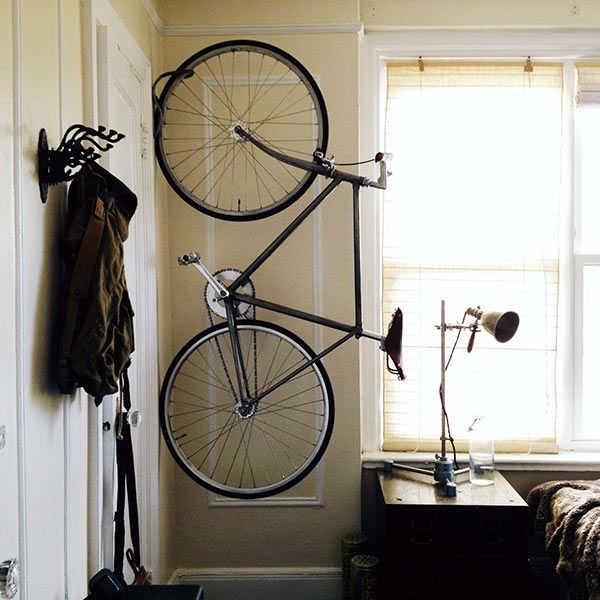When planning your first skydive, you’re likely unsure of what to expect. Many common questions about skydiving have been extensively answered everywhere, but there are also less obvious topics worth addressing, which I’ll start with below. Everything a beginner needs to know before their first jump is in this article.
What physical sensations should you prepare for during a skydive?
I decided to start with this topic, though it’s not about adrenaline, excitement, or enjoyment. These are a few important things that might feel “awkward” to ask your instructor. Perhaps you’ve had these same questions.
1. Can I breathe normally during free fall?
Absolutely. Air pressure does not interfere with breathing, but most beginners hold their breath due to nerves and adrenaline. Breathing usually normalizes in the first few seconds after leaving the aircraft. Rarely, a nervous spasm might occur, which does momentarily cut off breathing. In such cases, students are advised to scream at the top of their lungs—the lungs will reflexively take in air and quickly release it, and after that, everything goes smoothly.
2. Does it hurt when the parachute opens?
In movies, they often show skydivers being “yanked” when the parachute opens, but no, it’s not painful. The gear is adjusted to fit you snugly, so expect something akin to a gentle tug on your waistband.
3. How “loud” is free fall?
During freefall, you’ll only hear the wind right next to your ears. Once the parachute is deployed, it becomes quiet enough to have a conversation with your instructor.
4. What if I’m afraid of heights?
At 4,000 meters, acrophobia doesn’t work. The thing is, objects are so far away that it’s impossible to grasp a sense of relative distance. The view is more like a picturesque painting rather than a “place to fall toward.” It’s not the same feeling acrophobics experience climbing a steep ladder when nearby objects provide a reference point for distance. When the plane is in the air, almost everyone’s fear of heights subsides.
Here’s another example. Standing at the side of a highway, you see speeding cars and may feel fear of a potential collision. But if you climb a high mountain overlooking that highway, the tiny cars moving slowly at a distance won’t evoke fear of an impact. It’s a kind of “relativity theory” for acrophobia. So, any other fear may get in the way, but not the fear of heights.
5. Does skydiving feel like falling?
Actually, no. The sensation of falling lasts only for a few seconds until your body reaches terminal velocity. It’s somewhat similar to the sensation of holding your hand out of a moving car window—a slight airflow resistance.
6. What if I get motion sickness or feel nauseous on roller coasters?
Skydiving does not involve rapid acceleration from a standstill, so there’s no sensation of “your insides dropping.” Your body quickly reaches and maintains terminal velocity. Tandem skydives with an instructor sometimes include sharp turns or spirals for added excitement, but you can simply let your instructor know your concerns, and they’ll ensure the descent is as smooth as possible.
By the way, be sure to eat normally before heading to the dropzone and pack some snacks in case of delays. Skydiving on an empty stomach isn’t a good idea—low blood sugar can cause dizziness, and stress hormones can worsen the situation. Most reputable clubs have cafeterias and water refill stations, but “better safe than sorry,” as the old saying goes.
7. How long does the jump last?
It depends on several factors: the type of aircraft, the altitude of the jump, and the surface area of your body.
According to the manual of one aeroclub:
- 10-15 minutes in the plane (a single-engine plane can take up to 30 minutes to climb to altitude).
- Departure at 2,700 meters for solo jumps (30 seconds of free fall) or 4,000 meters for tandem jumps (60 seconds of free fall).
- Up to 7 minutes under the parachute canopy.
Tip: When deciding where to make your first jump, ask about how long the flight and jump will take. You might pay the same price for a 30-minute flight with a jump from 3,000 meters as for a 15-minute flight with a jump from 4,000 meters.
8. Who packs my parachute?
Would you want to pack your own parachute? Probably not… It’s no easy task and requires strict adherence to instructions and experience. While in the past, parachutes with round canopies were less sensitive to packing quality, modern advanced wing-shaped parachutes are far more complex.
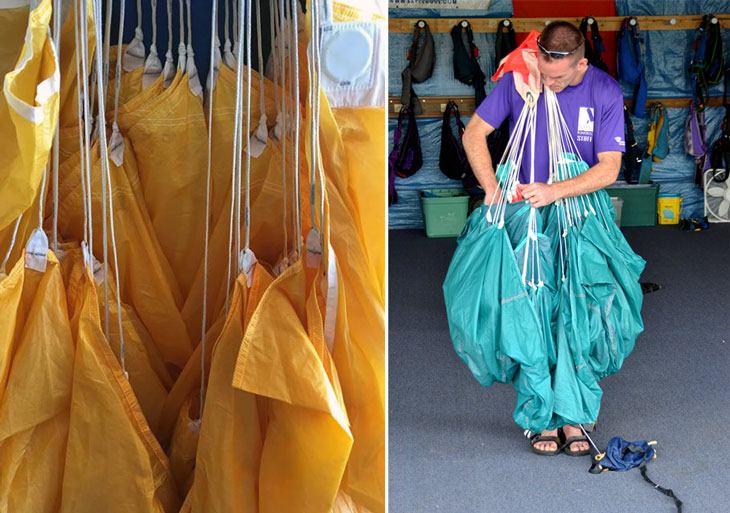 Packing a parachute
Containers with parachutes are packed by professional packers (riggers). A packer cannot take 100% responsibility for deployment, as you are falling at a speed of 220 km/h, but a good packer gives the parachute additional chances for proper deployment. To be allowed to pack on your own, you will need to complete a special course and obtain a certificate.
Packing a parachute
Containers with parachutes are packed by professional packers (riggers). A packer cannot take 100% responsibility for deployment, as you are falling at a speed of 220 km/h, but a good packer gives the parachute additional chances for proper deployment. To be allowed to pack on your own, you will need to complete a special course and obtain a certificate.
In the video below, Alexandra Mao Iancu (Finland) demonstrates parachute packing. The professional packer shares several packing tricks:
Safety Concerns
There is no such thing as 100% safe skydiving. This fact must be accepted.
A tandem jump is the safest and most relaxed option for a beginner (according to U.S. statistics over 10 years, 3 accidents per 1,000 jumps). Other data estimates the risk of death as 1 in 500,000. The risk is always present, but it approaches zero when using high-quality modern equipment, a responsible packer, and strict adherence to procedures by drop zone personnel.
In different air clubs, the jumping procedure may vary slightly. For instance, there is a method called “static line”—the parachute opens without your involvement via a steel cable attached to the aircraft. This method is not used in tandem jumps, but good equipment includes special AAD sensors that will open the parachute in a critical situation for you.
Tip: Avoid jumping at the cheapest drop zone. If you notice that the price differs significantly from competitors, it usually means either the jump altitude is too low or the equipment has not been updated for a long time. Skydiving is an expensive business, leaving little room for price volatility.
What Happens if the Parachute Doesn’t Open?
There’s a backup reserve parachute. Cases where both parachutes fail to open are extremely rare in the entire history of the sport. It’s not worth even hypothetically contemplating such an outcome. Your first jump will be tandem with an experienced instructor who has jumped at least 1,000 times—they know how to handle any unusual situations.
Requirements for Skydiving
Age requirements should be confirmed directly with the drop zone. Some air clubs allow tandem jumps from the age of 8 with parental consent, while others enforce a strict minimum age of 16. In any case, you won’t be allowed into the drop zone without an ID showing your date of birth. The maximum age isn’t regulated in most regions (though in the U.S., it’s capped at 55 for solo jumps).
Weight and height also matter: up to 108 kg (238 lbs) and up to 211 cm (6'11") for tandem jumps. However, these restrictions may vary depending on the equipment used. For detailed explanations, you can read this blog from the Chicago Skydiving Club.
Medical considerations are a delicate topic. Blood pressure and weight are checked on-site, but other factors depend on the judgment of the admitting personnel. Avoid jumping if you have diabetes, asthma, kidney problems, or a history of heart attacks. Skydiving is a major stressor, and no thrill is worth exposing your life to unnecessary risk.
Rules for Freefall and Landing
The correct anatomical body position during freefall is the “banana” shape. Your belly button should be closest to the ground—there’s no better way to describe it. During landing, you will need to lift your legs so the instructor can land correctly. Look at the horizon, not your feet (a challenging task for beginners).
Landing: Run or Sit on Your Butt?
In a solo jump, once you’re about 6 meters (20 feet) above the ground, assume an L-shaped position with your legs raised. Lower your legs as you get closer to the ground, then touch down slightly leaned back and run a few steps. In a tandem jump, simply follow the instructor’s orders.
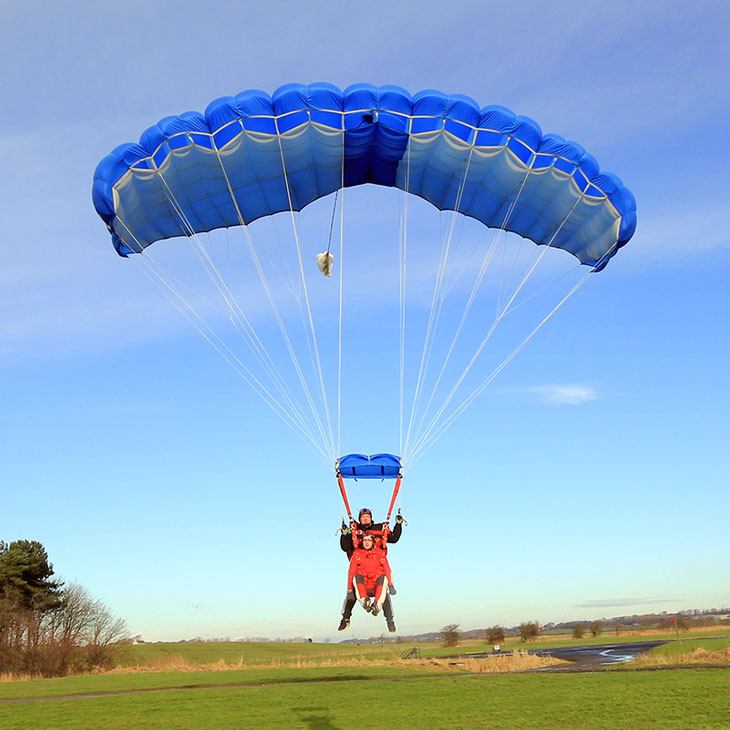 Правильное приземление в тандеме (L-образное положение ног)
Правильное приземление в тандеме (L-образное положение ног)
Follow every instruction your instructor gives you. They’ve jumped at least a thousand times and are still alive—there’s a good reason to completely trust them. Landing will be smoother and gentler than you expect, so there’s no need to worry about it.
Clothing and Footwear
Some skydiving clubs provide durable polyester jumpsuits worn over your clothing to protect it from getting dirty or torn during landing. However, most of the time, you’ll be jumping in your own clothes.
The primary requirement: skydiving attire should be as comfortable as possible and not restrict movement. You should be able to squat, arch like a “banana,” and raise your arms without exposing your midriff. A tracksuit can be an excellent choice if it’s not too baggy or prone to slipping.
Footwear can come off during freefall, so it needs to be securely fixed. Combat boots with hooks are not recommended. High-top sneakers, tennis shoes, running shoes, Doc Martens, or tactical boots with a flexible sole are suitable options.
There should be no exposed skin—only long sleeves and pants, although standards may vary. Some instructors may request that cuffs and pant legs be secured with tape or elastic bandages—it’s wise to ask about this before arriving at the drop zone. Of course, you should also consider the weather, but remember that it’s always colder at altitude.
Prescription eyeglasses are permitted, as most clubs provide protective goggles to wear over them. It’s still a good idea to confirm this in advance. Some questions can only be fully answered at a skydiving club, as corporate rules always play a role. So, don’t hesitate to clarify even the smallest details. Good luck!

